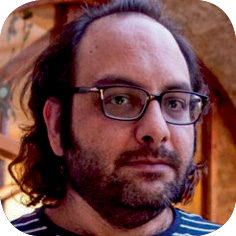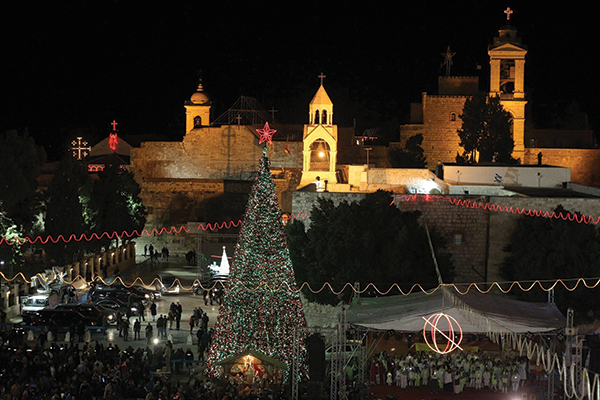
As is true for goldmines everywhere, exploring them is a challenging process. In Palestine, tourism is our goldmine, but the benefits of tourism are a hard goal to reach in the current situation of occupation, characterized by restrictions to movement and access and by the strangulation of the Palestinian economy. Nevertheless, the Ministry of Tourism and Antiquities works to develop the tourism field through capacity building, marketing and promotion, rehabilitation of sites, and preservation of Palestine’s archeology.
In 2015 Palestine’s visibility took on a new dimension in international forums. The Ministry of Tourism and Antiquities hosted the United Nations World Tourism Organization’s (UNWTO) International Conference on Religious Tourism on June 14 – 15, 2015 in Bethlehem. It was the first time that the UNWTO organized a conference in an observer member state or in the Near East. The platform of the Conference offered Palestine the chance to showcase its best by offering trips across the country for participants, and by giving the Palestinian private sector the opportunity to present the services it offers through an exhibition alongside the conference. Palestine was able to display the riches of its shining resource, tourism, to the attendants of the conference that included international ministers, tourism professionals, and tourism academics.
Also in 2015, at the General Assembly of the UNWTO in Medelin, Colombia, Palestine won the award for the Best Tourism Promotion Video for the Middle East. This promotional video, created by the Ministry of Tourism and Antiquities under the auspices of Her Excellency, Rula Ma’ayah, conveyed a simple yet powerful message to the world: It showed the brotherhood of Christians and Muslims and sent an invitation to international travelers to come and discover for themselves the splendid cultural and religious diversity of Palestine.
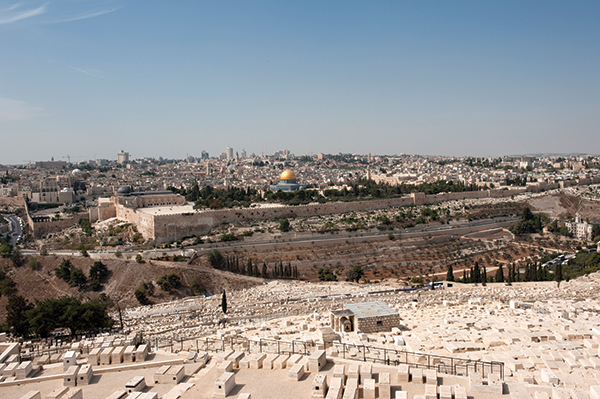
Furthermore, the Organization of Islamic Countries (OIC) selected Al-Quds Al-Sharif as the City of Tourism for 2015, which has given a tremendous push to the development of Muslim tourism to Palestine. On the ground, the framework of cooperation between Palestine and the OIC is creating spheres of cooperation at many levels. The first constructive step was to establish a joint Palestinian-Jordanian cooperation between the Palestinian and the Jordanian sectors of the Tour Operators Association. The second, upcoming step is a large event in Istanbul later this year that will gather academics, high-level tourism decision makers, and tourism professionals in order to explore the potential of tourism in Jerusalem. Lastly, but most importantly, the OIC and the Palestinian Ministry of Tourism will cooperate to grant a series of awards to a selection of distinguished tourism venues in Jerusalem.
An in-depth look at Palestine’s tourism potential reveals that the diversity of our small territory lays the groundwork for very powerful visits to the area under a multitude of themes: The traditional pilgrimage routes are, of course, the highlight of any spiritual journey to Jerusalem and Bethlehem, with the beacons of both faiths attracting thousands of tourists daily. But pilgrimage routes are highlighted also by visits of Sebastiya, Hebron, and Jericho as main destinations. Off the beaten track, you will run into pilgrims at Saint George’s Church in Burqin or at the Maqam of Nabi Musa in the desert. These days, tourism professionals, led by the Ministry of Tourism and Antiquities, are offering comprehensive itineraries that not only increase the number of nights spent by pilgrims in Palestine, but also include essential components for discovery of Palestine’s culture and its socio-political realities.
On another hand, as the Secretary-General of the UNWTO, Taleb Rifai, keeps reminding the world: tomorrow’s tourism is adventure tourism. And while one would imagine that adventure tourism means rappelling down a cliff, in reality, adventure tourism could be as soft as a photography tour and as challenging as a trek across the deserts of Palestine. Today, Palestinian tour operators and associations are showing high levels of creativity in suggesting a panel of products in Palestinian cities, villages, and natural landscape.
We also see an emergence of cultural tours. A visit of Jerusalem’s Old City under the theme of Sufi schools and led by the Palestinian scholar Dr. Ali Qleibo is a life-changing experience. One feels the deep-rooted intellectual history of the city and, as a Palestinian, feels pride in the stunning complexity and diversity of Palestine’s culture.
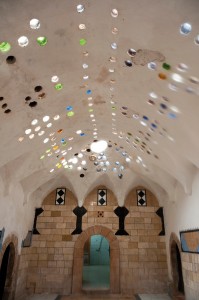
Many of the challenges linked to a full-fledged usage and enrichment of Palestine’s tourism potential are linked to the Israeli occupation and exploitation of Palestine’s tourism riches. These challenges are on two levels, one linked to travelers who can access Palestine, and the other to whole markets that cannot access Palestine. But even for travelers that can access Palestine, their expenditure is often monopolized by Israel’s control policy. Many sites in Jerusalem and the West Bank are solely exploited by Israel, such as the Qumran caves or the Herodion, sites that are legally within Palestinian areas but operated and pillaged by the Israeli Natural Parks Authority and the Israeli Antiquities Department. A new trend that has established itself with Israel’s settlement policy is to develop tourism-related activities within settlements on the routes used by pilgrims in Palestine: We are seeing the development of a hotel infrastructure in settlements such as Har Homa, where Israel is marketing the “view of Bethlehem” while attracting Christian pilgrims to its accommodation infrastructure.
As Palestine is deprived of border control, Palestinians are deprived of a whole, mature market that is ready to come to Palestine. Muslim pilgrims from all over the world, who would flock to Jerusalem on the day they can freely access Palestine, are kept at bay by the Israeli occupation control of our borders. And while some predominantly-Muslim countries have access to Palestine, and even though both the Ministry of Tourism and Antiquities and the Palestinian private sector are working on attracting them to Palestine, the majority of citizens from those countries are still deprived of access to the holy cities.
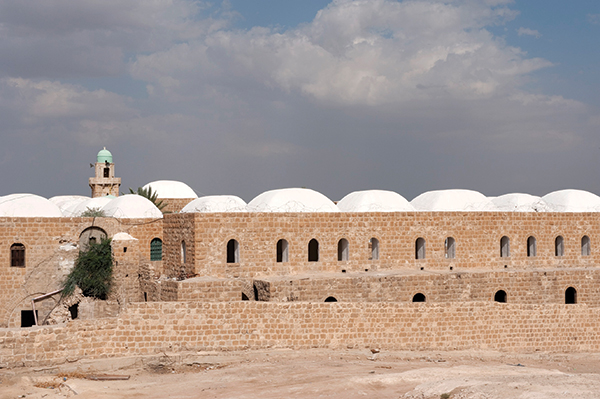
In view of the diverse richness and despite the challenges, Palestine strives every day to increase the number of travelers visiting this beautiful country and to diversify the types of tourism available, all in order to reach cruising speed for the industry. Hopefully, in the near future we will see a comprehensive development of the Palestinian tourism industry and a higher level of spending in the little restaurants of the Old City of Jerusalem, the soap factories of Nablus, the glass blowers’ shops of Hebron, and the charming hotels of Bethlehem.
» Fadi Kattan is a Palestinian tourism expert who has worked in different institutions for tourism marketing, tourism policy, and tourism analysis.

